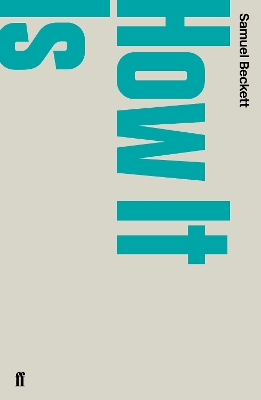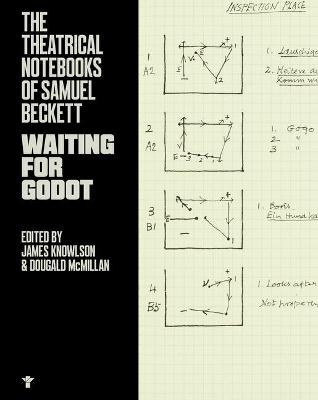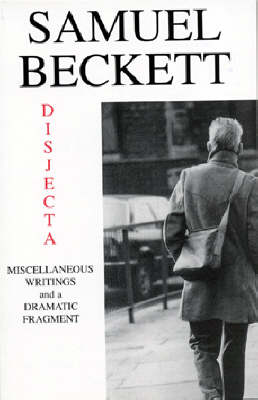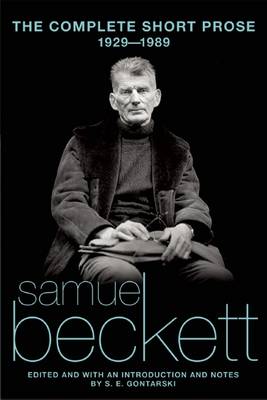Beckett, Samuel
13 total works
Then I went back into the house and wrote, It is midnight. The rain is beating on the windows. It was not midnight. It was not raining.
Edited by Shane Weller
Published in French in 1961, and in English in 1964, How It Is is a novel in three parts, written in short paragraphs, which tell (abruptly, cajolingly, bleakly) of a narrator lying in the dark, in the mud, repeating his life as he hears it uttered - or remembered - by another voice. Told from within, from the dark, the story is tirelessly and intimately explicit about the feelings that pervade his world, but fragmentary and vague about all else therein or beyond.
Together with Molloy, How It Is counts for many readers as Beckett's greatest accomplishment in the novel form. It is also his most challenging narrative, both stylistically and for the pessimism of its vision, which continues the themes of reduced circumstance, of another life before the present, and the self-appraising search for an essential self, which were inaugurated in the great prose narratives of his earlier trilogy.
she sits aloof ten yards fifteen yards she looks up looks at me says at last to herself all is well he is working my head where is my head it rests on the table my hand trembles on the table she sees I am not sleeping the wind blows tempestuous the little clouds drive before it the table glides from light to darkness darkness to light
Edited by Edouard Magessa O'Reilly
Subtitled 'A tragicomedy in two Acts', and famously described by the Irish critic Vivien Mercier as a play in which 'nothing happens, twice', En attendant Godot was first performed at the Théâtre de Babylone in Paris in 1953. It was translated into English by Samuel Beckett, and Waiting for Godot opened at the Arts Theatre in London in 1955.
'Go and see Waiting for Godot. At the worst you will discover a curiosity, a four-leaved clover, a black tulip; at the best something that will securely lodge in a corner of your mind for as long as you live.' Harold Hobson, 7 August 1955
'I told him that if by Godot I had meant God I would have said God, and not Godot. This seemed to disappoint him greatly.' Samuel Beckett, 1955
The Theatrical Notebooks of Samuel Beckett: Waiting for Godot
by Samuel Beckett
The theatrical notebooks of Beckett that are reproduced in facsimile here are translated and annotated and thus offer a remarkable record of his own involvement with the staging of his texts. They present his solutions to practical problems but also provide a unique insight into the ways he envisaged his plays. With additional information taken from Beckett's own annotated and corrected copies, the editors have been able to constitute a new revised text for each of these major plays.
Waiting for Godot shows for the first time the extensive revisions made by Beckett during revivals of the play. This volume is in part a facsimile, with transcription and commentary, of the notebook kept by Beckett for Berlin's Schiller Theater production in 1975. It contains a full set of directorial notes, and discloses, section by section, a total system that works by repetition and analogy, musical rhythm, and echo, establishing subtle patterns of sound, movement, and gestures.
Renowned Beckett scholar Ruby Cohn has selected some of Beckett's criticisms, reviews, letters, and other unpublished materials that shed new light on his work.
Includes:
"The Expelled"
"The Calmative"
"The End"
Texts for Nothing (1-10)







